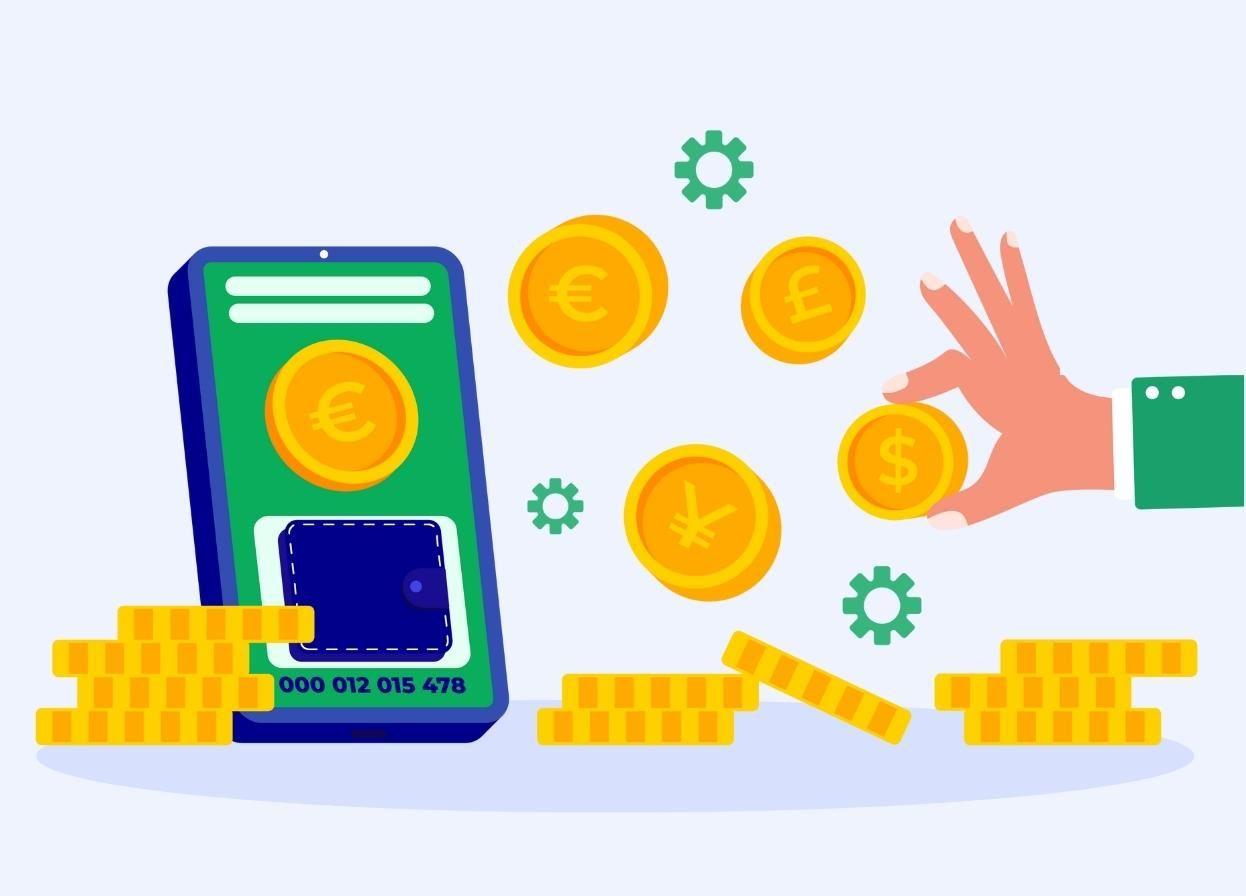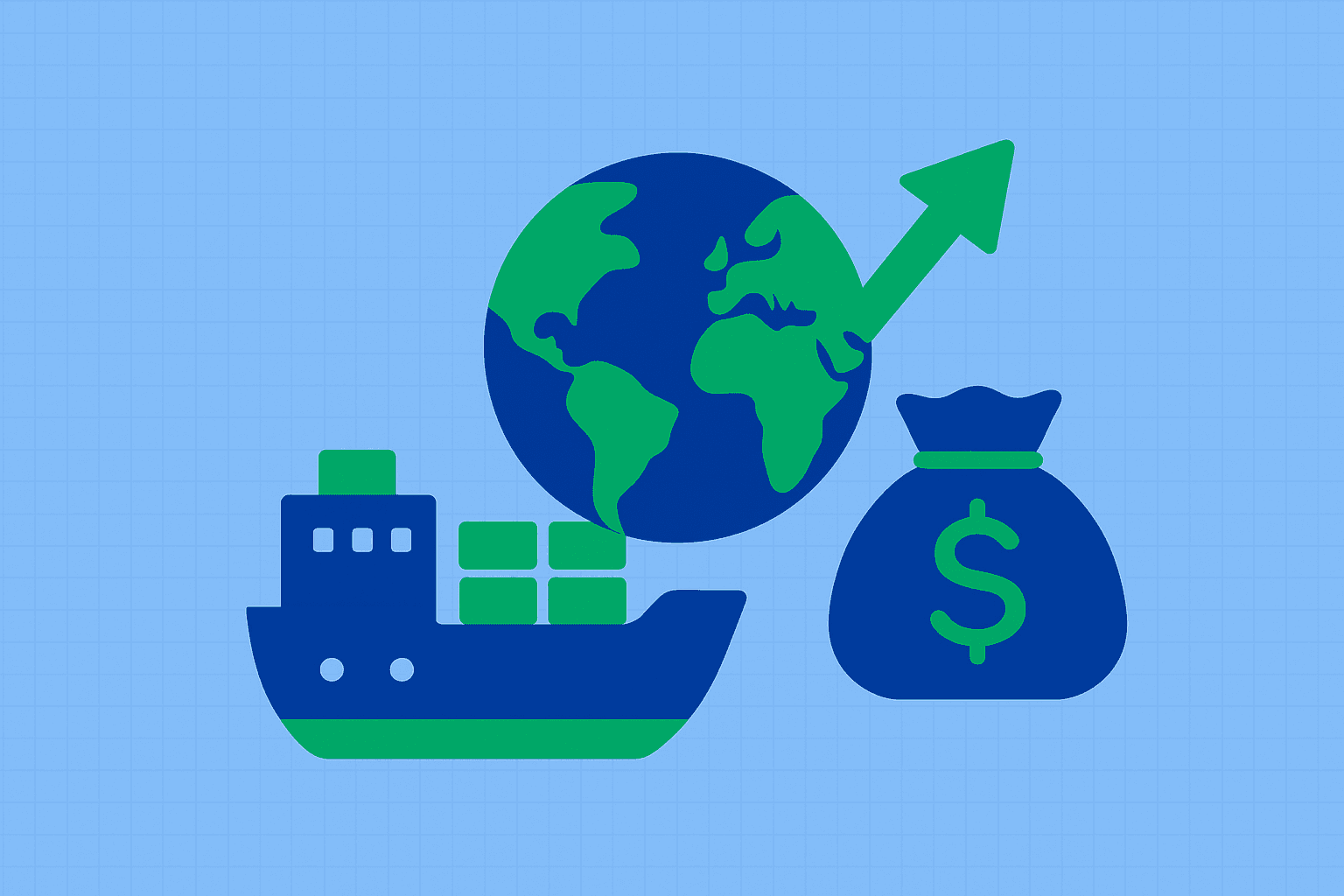Customer Journey Mapping: The Secret to Grow Your IT Business
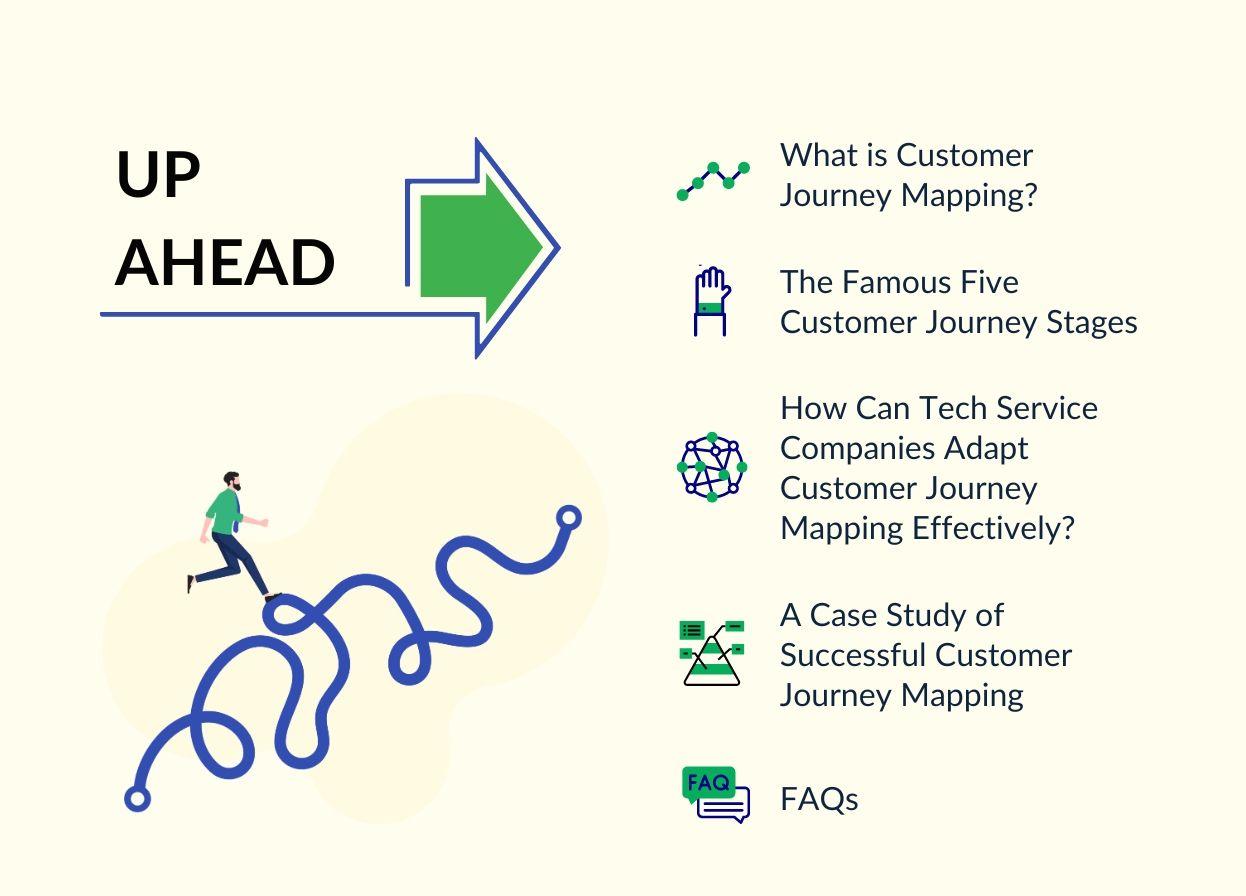

Customer journey mapping involves visualising the customer’s complete journey with your business, from the first point of contact to post-service support. By mapping out each touchpoint, interaction, and potential pain point, you comprehensively understand your customers' experiences.
This way, you can identify areas for improvement, streamline workflows, enhance communication channels, align your services, and optimise your processes accordingly. Ultimately, it helps you achieve the end goal of improving service delivery, which leads to a better customer experience and increases customer satisfaction.
What is Customer Journey Mapping?
Customer journey mapping, meaning the visual representation of a customer's interactions with a product or service over time, is a strategic tool for understanding and improving the customer experience. It involves creating a detailed map outlining touchpoints, emotions, and experiences throughout the entire customer lifecycle.
By identifying key phases such as awareness, consideration, purchase, retention, and advocacy, businesses can gain valuable insights into customer behaviour. Employing techniques like personas and empathy mapping, organisations can pinpoint pain points and areas for enhancement, ultimately leading to more customer-centric strategies, increased satisfaction, and improved overall business performance.
Five Customer Journey Stages
The stages of customer journey mapping typically consist of five main stages:

1. Awareness & Research
Here, awareness refers to when the customer realises the problem to address. They begin searching for the ideal solution to help solve this challenge. Educational content works well to help people find you and eventually convert to customers.
2. Consideration
Customers have completed sufficient research to recognise their need for a specific product or service. Subsequently, they begin searching and comparing various brands and their offerings. In this stage, content that promotes your product or service will aid them in deciding appropriately in a competitive marketplace.
3. Proposal
The customer has decided on the product or service to purchase. At this crucial stage, it's important to emphasise the smooth and hassle-free buying process to encourage customers to buy.
The focus should be on ensuring a seamless buying experience. It means you can be more direct about wanting customers to buy from you.
4. Purchase and Implementation
In the purchase stage, customers have decided to purchase a solution At this stage, a smooth and seamless checkout process and excellent customer service are paramount to address any questions or concerns the customer may have.
5. Advocacy/Loyalty Stage
In the advocacy stage, satisfied customers promote your brand/business to their families, friends, and colleagues.
During this phase, you must focus on providing a fantastic end-to-end customer experience by offering ongoing support and ensuring customers are happy with their purchases. Customers who have a positive experience with your brand are likely to become loyal and recommend the brand to others.
SaaS or B2C companies typically leverage customer journey mapping to grow their business. However, mapping the customer journey is not only beneficial for the product or SaaS companies. It’s also influential for tech service companies. According to a survey, companies that use tools like customer journey maps reduce their service cost by 15-20%.
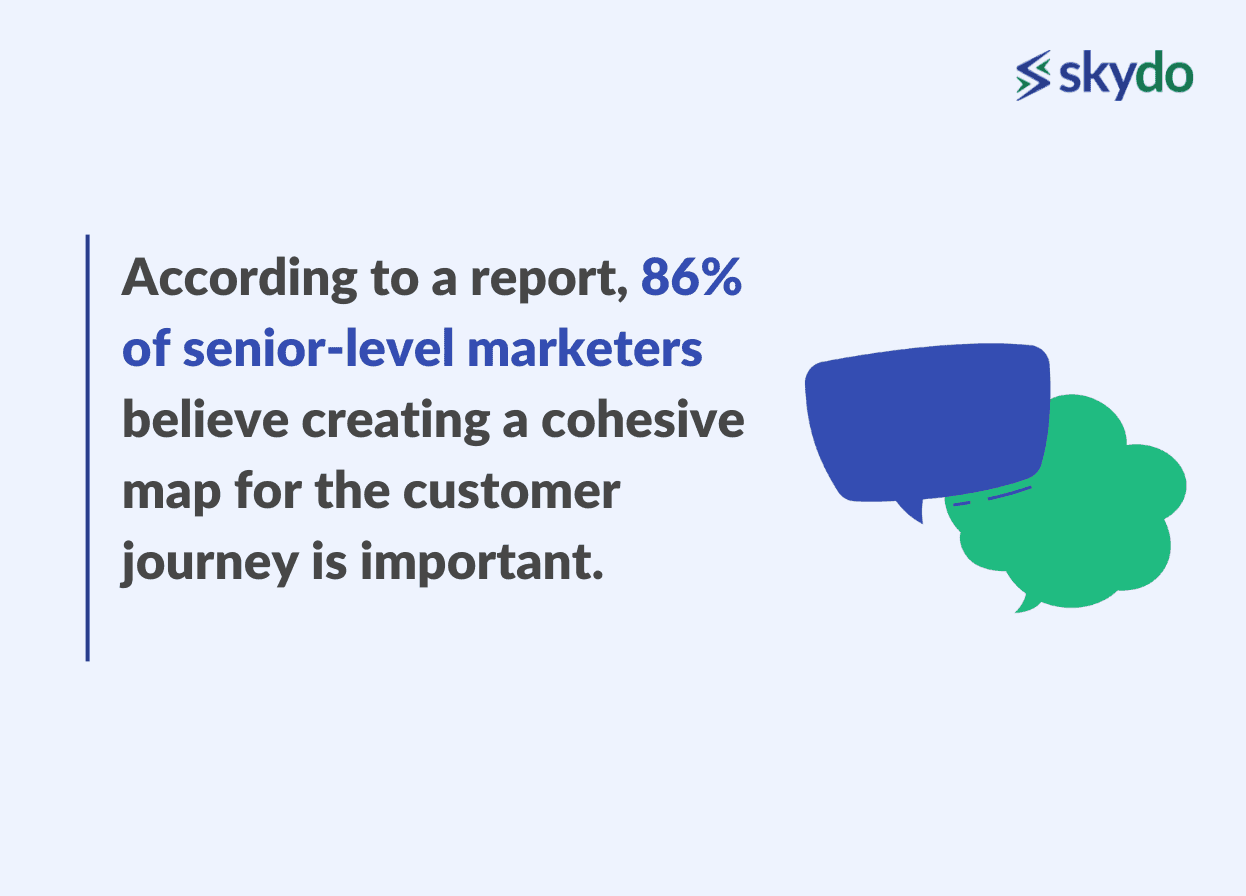 Source: Salesforce
Source: SalesforceHow Can Tech Service Companies Adapt Customer Journey Mapping Effectively?
In the vast realm of technology service export companies, the art of customer journey mapping is a powerful tool that can unlock doors to exceptional success. Here are some customer journey mapping steps for tech service export companies to map their customer journey effectively:
1. Start with the customer
Review and analyse the customer journey from initial contact to post-service support. This way, you can identify areas of dissatisfaction, grasp customer expectations, and recognise specific requirements.
For instance, if your software proves challenging for customers, you can develop user-friendly tutorials or offer personalised onboarding sessions.
2. Use data to complete your mapping
Data is a goldmine of information that can guide your customer journey mapping efforts. This data can come from various sources, such as customer surveys, website analytics, and social media.
For instance, analysing website analytics may reveal that many customers drop off during form-filling. This way, you can enhance customer engagement and ensure a seamless experience throughout the journey, leading to customer satisfaction.
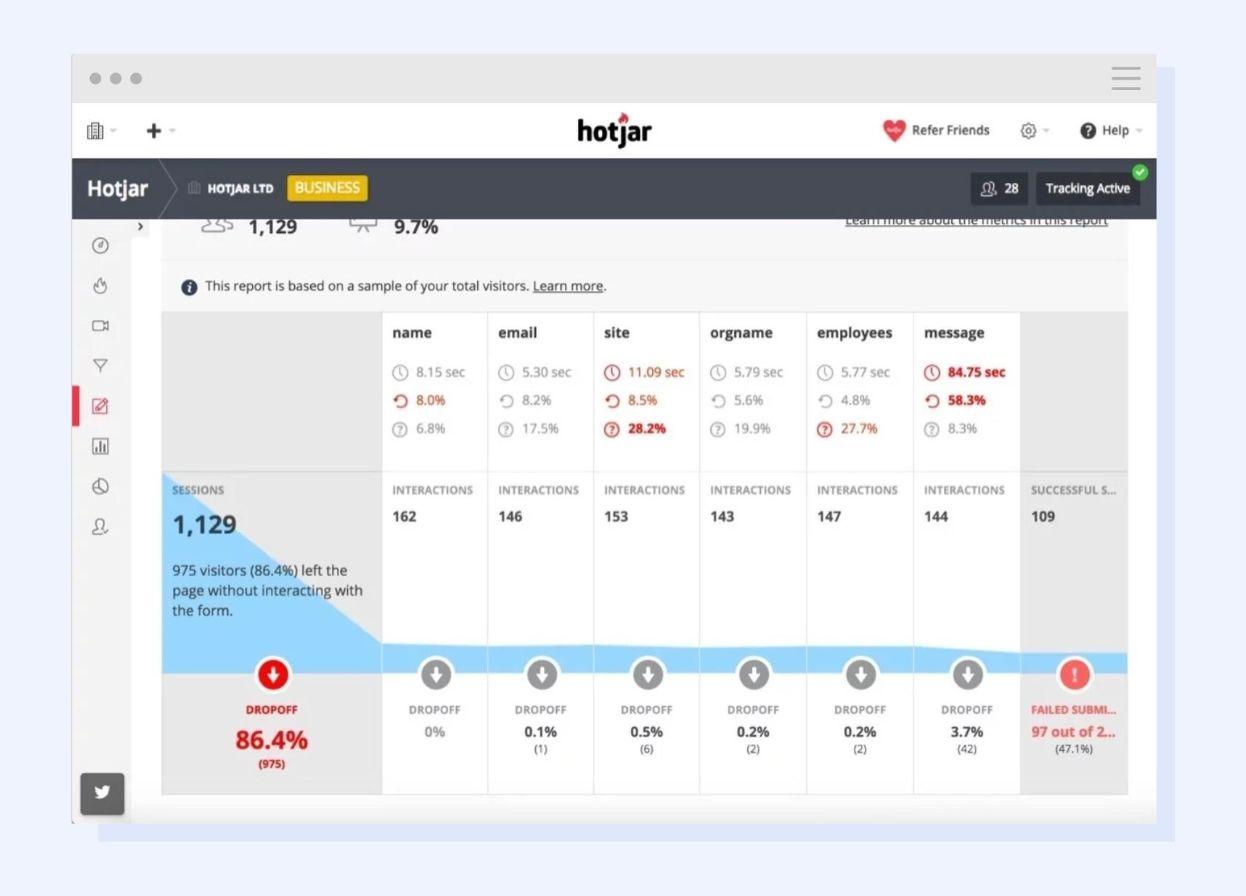
3. Enhance communication channels
Map out all the touchpoints or interactions that customers have with your company, both online and offline. It includes the website, social media channels, customer support, sales calls, onboarding processes, etc. Identify all the potential touchpoints where customers engage with your company.
For example, a tech service company might realise that customers frequently encounter email response delays from customer support and often seek assistance through live chat. In response, they can invest in live chat support systems, ensuring prompt and helpful responses to customer queries.
4. Anticipate an ideal customer journey
Based on the insights gathered, create an ideal customer journey map that outlines the desired experience for each customer persona. Define the key touchpoints, interactions, and emotions at each journey stage.
This map should align with your company's goals and values and identify critical parts or milestones where personalisation impacts significantly. Tailor your services according to each customer's preferences and behaviours, fostering loyalty and driving customer advocacy.
5. Provide seamless multi-channel experiences
As a tech service company, offering a seamless experience across various channels and platforms involves consistency in messaging, branding, and customer support across your website, social media, mobile apps, and other touchpoints. Leverage technology to integrate different channels and provide an omnichannel experience.
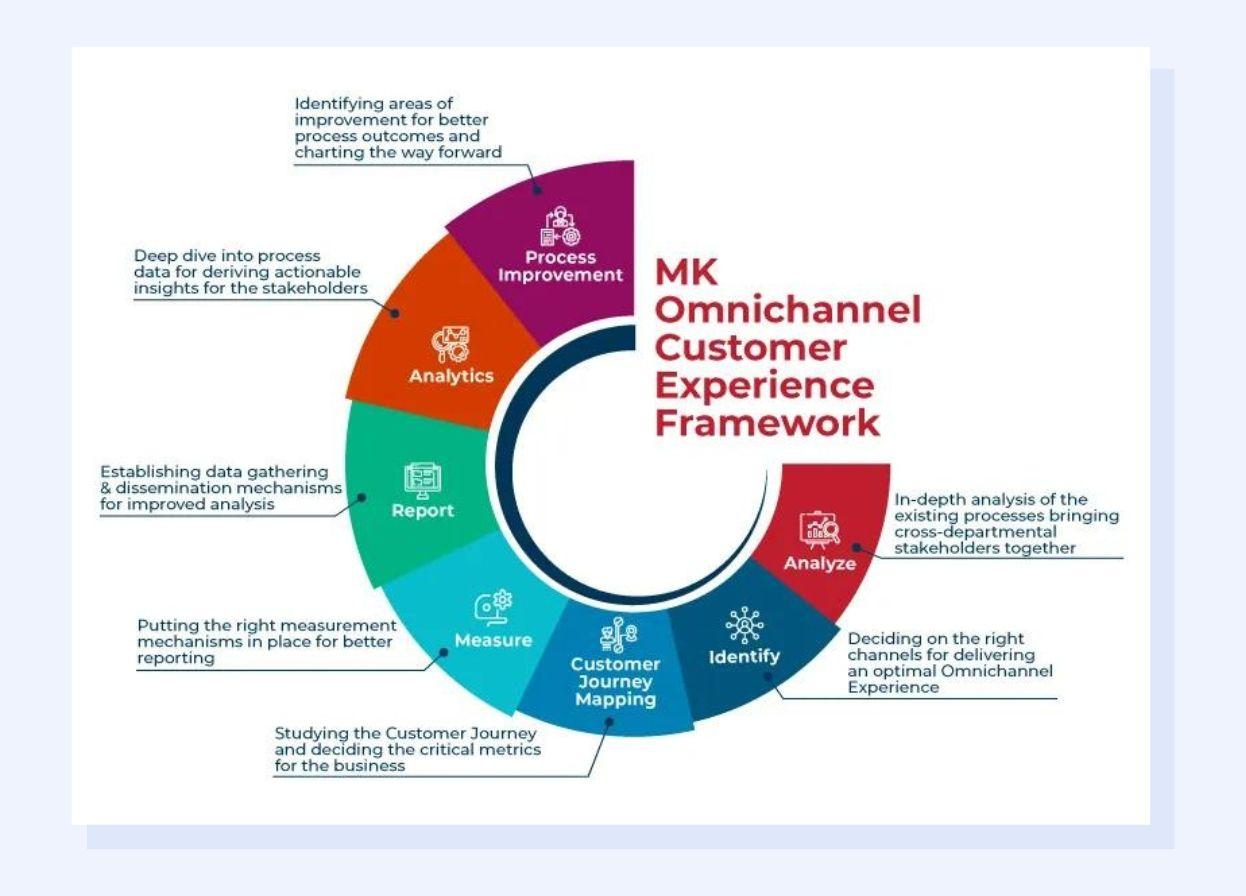
6. Foster continuous improvement
Customer journey mapping is an iterative process that allows you to evaluate and improve the customer experience continuously.
Analyse feedback and measure satisfaction metrics to identify areas of improvement. By implementing changes that enhance the overall experience, you can remain competitive and adapt to evolving customer expectations.
A Real-Life Example of Successful Customer Journey Mapping
Wipro, a leading global IT consulting and services company, leverages this powerful technique and has gained deep insights into customer interactions, pain points, and preferences at every touchpoint of their journey.
Through meticulous data analysis and customer feedback, Wipro has identified critical moments that significantly impact customer satisfaction and loyalty. With this knowledge, they have designed personalised experiences and tailored solutions, creating seamless customer journeys.
This strategic approach has improved customer engagement and retention and strengthened Wipro's reputation as a customer-centric organisation.
The Final Word
Customer journey mapping is not merely a tool; it's a compass that guides you towards the pinnacle of success. It enables you to craft personalised, meaningful interactions that resonate with your audience profoundly.
Customer journey mapping empowers an IT export service business to understand better, engage, and serve customers. By aligning service delivery, improving communication, personalising experiences, anticipating needs, and continuously improving, you can drive better business outcomes, including increased customer satisfaction, loyalty, and business growth.
Frequently Asked Questions
Q1. What's included in a customer journey map?
Ans: A customer journey map typically includes touchpoints, interactions, and emotions a customer experiences throughout their interaction with a product or service.
Q2. What are the steps for Creating a Customer Journey Map?
Ans: Creating a Customer Journey Map involves steps like defining goals, identifying touchpoints, collecting customer data, creating personas, mapping the journey, and analysing for improvements.
Q3. What are the 4 types of Customer Journey Maps?
Ans: The four types of Customer Journey Maps are current state maps, day-in-the-life maps, future state maps, and service blueprint maps.
Q4. Why is customer journey mapping important?
Ans: Customer journey mapping is crucial as it helps businesses understand customer experiences, identify pain points, enhance customer satisfaction, and improve overall service delivery.
Q5. What are the important phases to analyse while conducting a customer journey mapping?
Ans: Important phases to analyse during customer journey mapping include awareness, consideration, purchase, retention, and advocacy.
Q6. Why is customer journey mapping important?
Ans: Customer journey mapping is important for gaining insights into customer experiences, improving customer satisfaction, and optimising business processes for enhanced customer engagement and loyalty.

